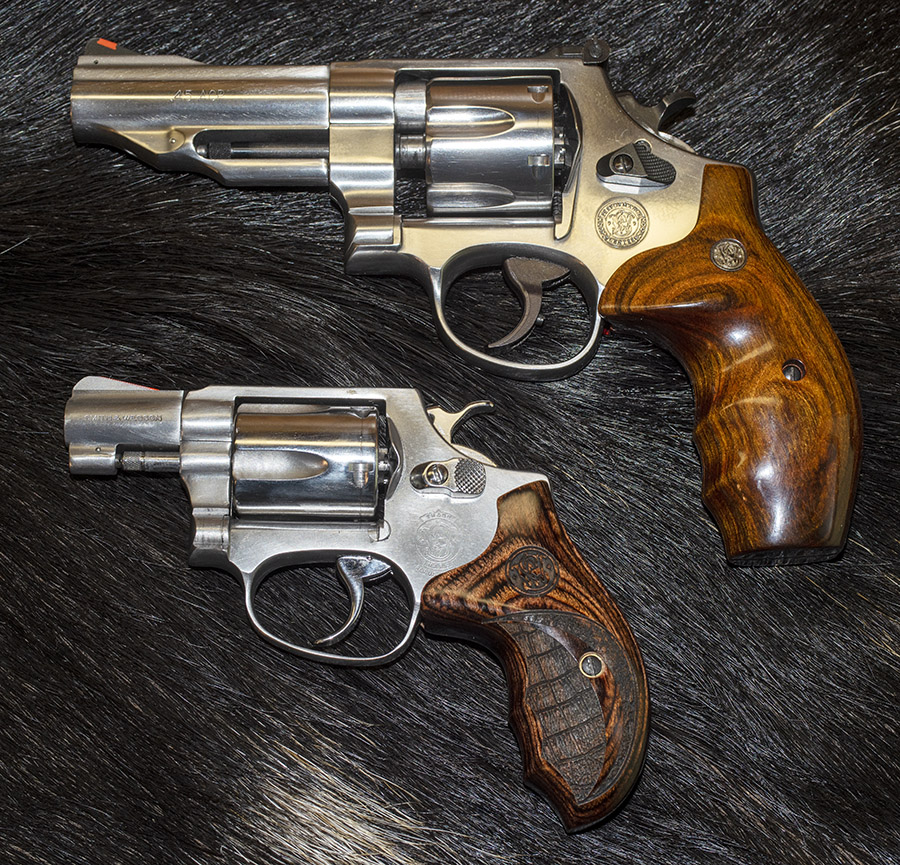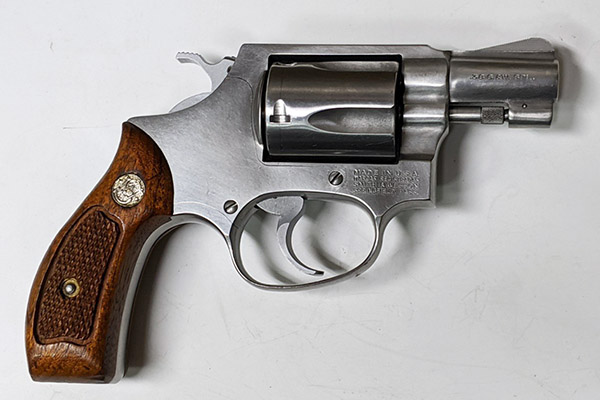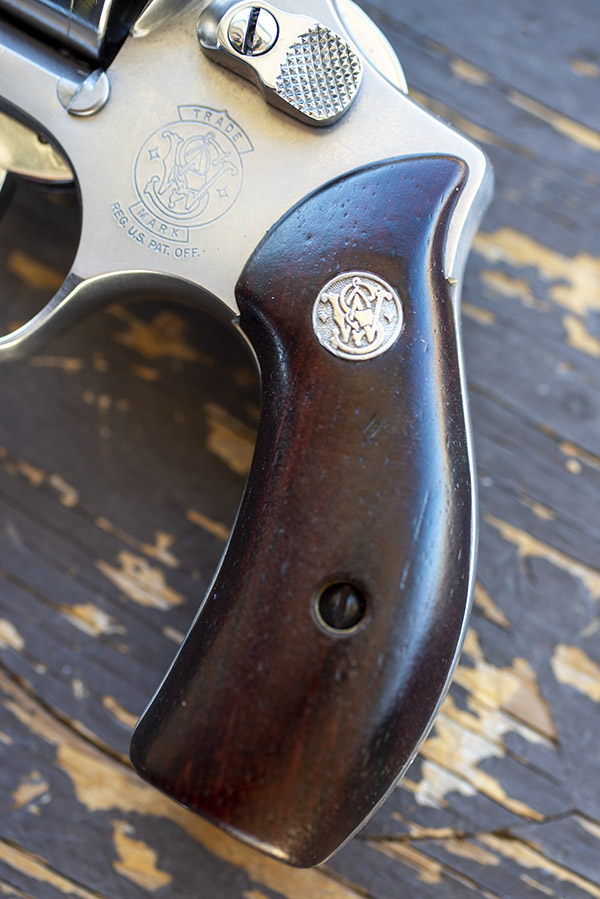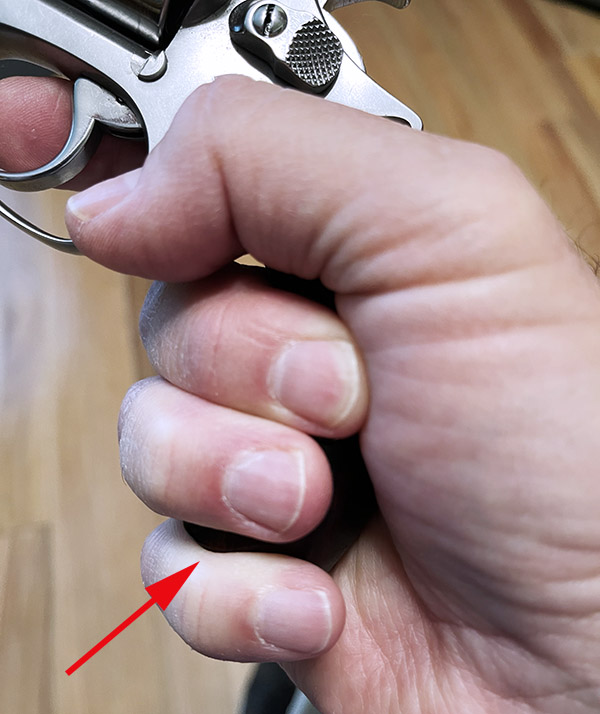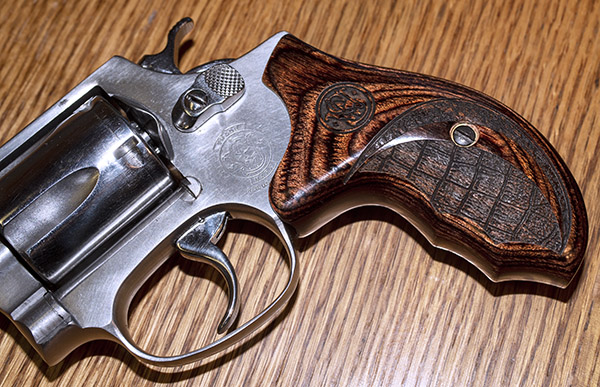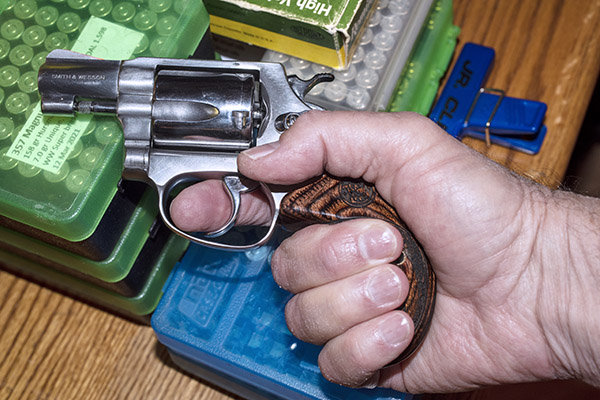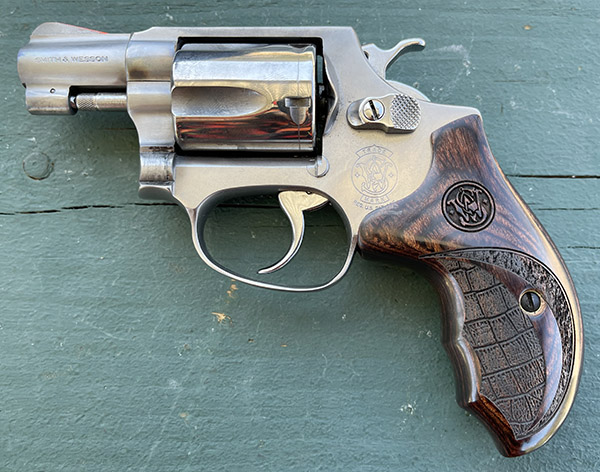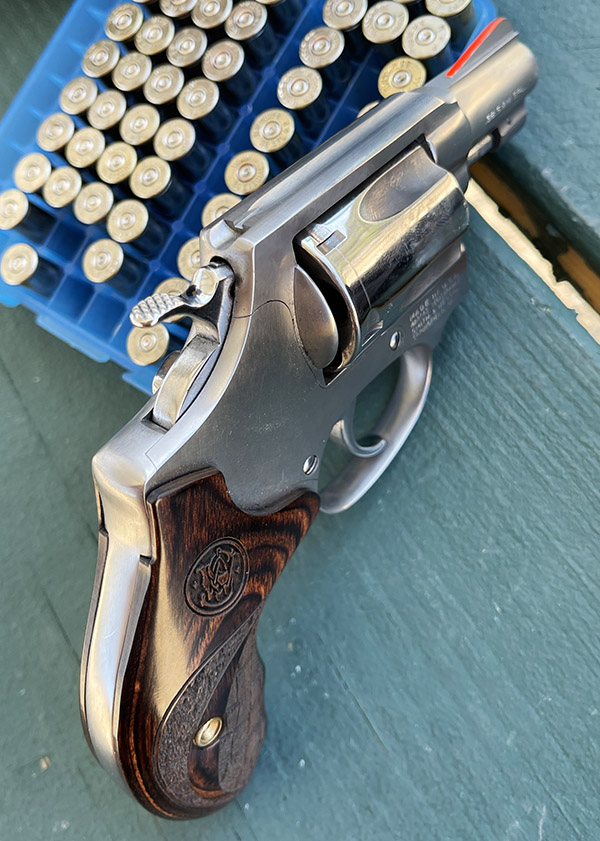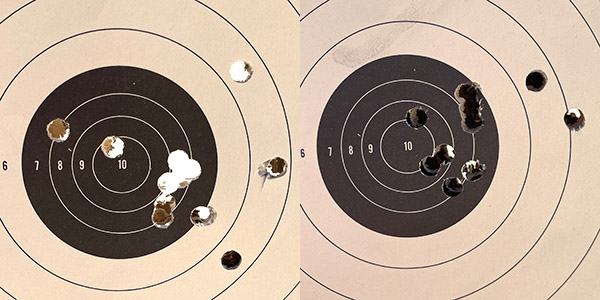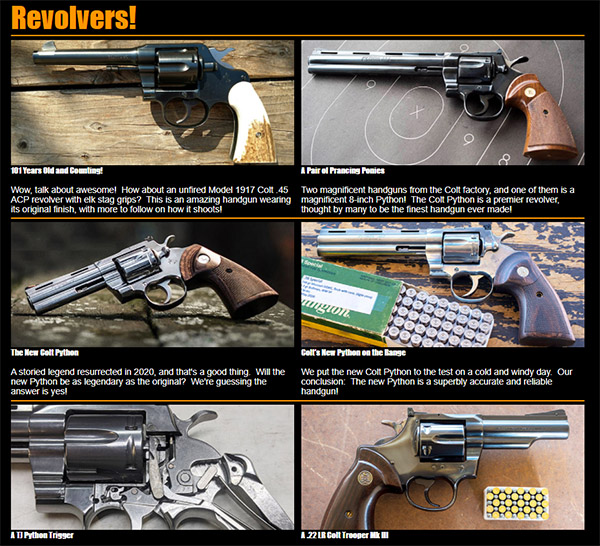You win some and you lose some on Amazon and with the Gdrasuya 80-amp battery charger I lost some. One of the few issues I have with my off-grid shed is snow. Here at normally sunny Tinfiny Ranch snow is infrequent which is not to say “never.” It does snow a few times each winter at 6000 feet and those times are when my solar panels get covered up and my batteries slowly lose power. Coincidently, when its cold and snowy I run pipe heaters to keep the shed’s PVC water pipes from freezing and splitting in the un-insulated space. It’s a double whammy: no power from the panels and a constant drain from the pipe heaters.
The system can go a few days like this but eventually the inverter shuts off and my pipes are left to live or die in New Mexico. To combat this I run a small 24-volt battery charger off my Harbor Freight Tailgator generator during the day to help resupply the batteries with precious electrons. I have an old Dayton 24-volt charger that puts out around 5 amps. With 12 batteries to charge it takes quite a while to bump them up.
Enter the Gdrasuya 80-amp charger. The Gdrasuya is 6v-12v-24v selectable and I assumed the 80-amp output was at 6 volts. That would mean the 12-volt setting would put out 40 amps and the 24-volt setting 20 amps. 20 amps charging is 4 times faster than the Dayton! I liked what I saw.

The charger arrived neatly packed and undamaged. The machine looked well made with beautiful glossy yellow paint and everything written in Chinese. No matter, battery chargers are easy to operate.

The first thing that gave me pause was the small diameter charge leads. The clamps looked pretty robust but no way was that small wire going to tote 80 amps without getting warm.

The small wires led me to investigate the inside of the charger to see how difficult it would be to install heavier wires. Once open I realized I didn’t need heavier wires because no way were these internals going to output 80 amps at any voltage.

The Gdrasuya uses a doughnut shaped transformer with various taps taken off the windings to select current to the battery. The wires are just a wee bit bigger than a human hair and the switching is very lightweight. Ok, I thought maybe they meant 8 amps instead of 80.

The main output breaker is rated 15 amps so no matter what you did to the thing 15 amps is all that’s passing through the breaker.

Worse than the misleading advertisement was the 120-volt AC input wiring. The green wire, or ground, from the plug was cut inside leaving the shiny yellow metal box in an ungrounded state. If the metal housing managed to short out to line voltage, a user touching the metal would receive a nasty shock.
Ok, the Gdrasuya 80-amp charger is dangerous and restricted on rated power by a 15- amp output breaker, but how does it work?

Turns out not too well. At 12-volt, max charging rate, the kilowatt showed the charger drawing 1 amp from the outlet, or 120 watts. On the DC charging side things looked bleaker. The Gdrasuya amp meter was reading 50 amps but my inline digital meter said 3.08 amps at a claimed 15 volts, a measly 46 watts. So not only was the Gdrasuya charger weak and dangerous, it was inefficient to boot.


In the description for the charger the 80-amp claim is made again along with a “power for 12V is 10A, for 24-v is 7A.” It does neither.
I haven’t tried it on 24-volts yet but you can figure maybe 2 amps tops or as we like to say in the electrical business, nothing. I was going to fix the ground issue but now that I’ve tested the charger it doesn’t seem like it’s worth the bother. That old Dayton putting out 5 amps looks like a champ in comparison.
It’s odd that someone would go through all this trouble to manufacture a charger that is pretty much useless. The thing consists of quite a few parts the sum of which is almost zero.
My recommendation is don’t buy the Gdrasuya. I’m not going to put an Amazon link in this story because I don’t want you to accidently buy one. I’ll put it back together and try to return the thing to Amazon. It serves no useful purpose in Tinfiny Ranch’s suite of electrical power products.
More ExNotes product reviews are here!

Subscribe to ExhaustNotes for free!
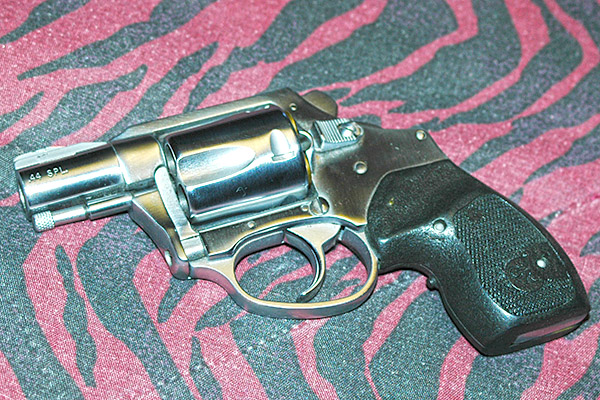
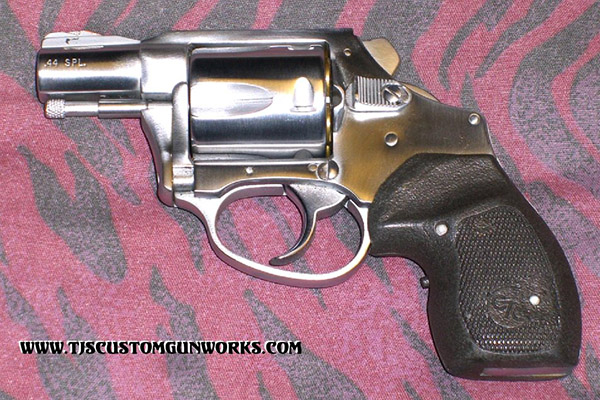


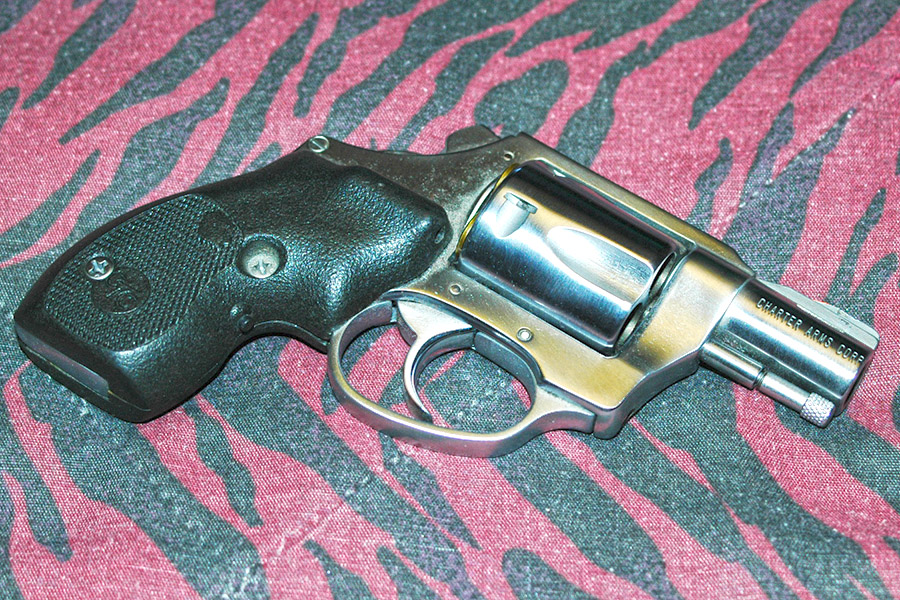


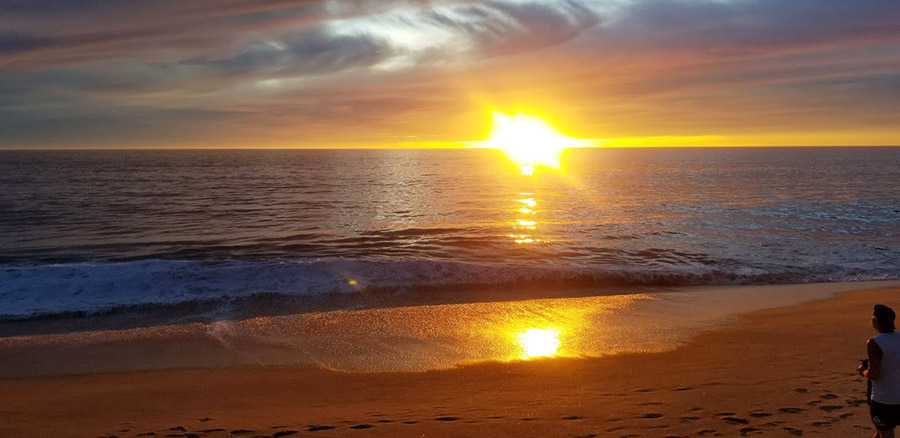
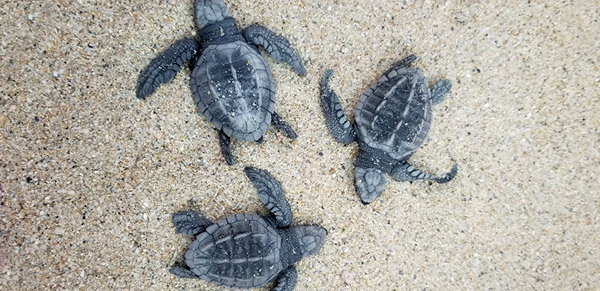
 Every day from around the 1st of December through the end of February there is a small, greenhouse-looking hut along the beach just north of Todo Santos, where the waves from the Pacific Ocean crash with such a concussion you almost feel nauseous from the vibration off this massive surf relentlessly slamming into the white sand beaches. This remote beach is where you can experience a magical wonder of life, baby sea turtles crawling into this violent ecosystem as their first test in their new world.
Every day from around the 1st of December through the end of February there is a small, greenhouse-looking hut along the beach just north of Todo Santos, where the waves from the Pacific Ocean crash with such a concussion you almost feel nauseous from the vibration off this massive surf relentlessly slamming into the white sand beaches. This remote beach is where you can experience a magical wonder of life, baby sea turtles crawling into this violent ecosystem as their first test in their new world. Once the sun begins to set it is time to set these little creatures free. We each take a bucket and walk about 20 feet away from where the surf is crashing and tip the bucket, thus releasing the sea turtles to crawl out onto the still sun-warmed sands.
Once the sun begins to set it is time to set these little creatures free. We each take a bucket and walk about 20 feet away from where the surf is crashing and tip the bucket, thus releasing the sea turtles to crawl out onto the still sun-warmed sands.
